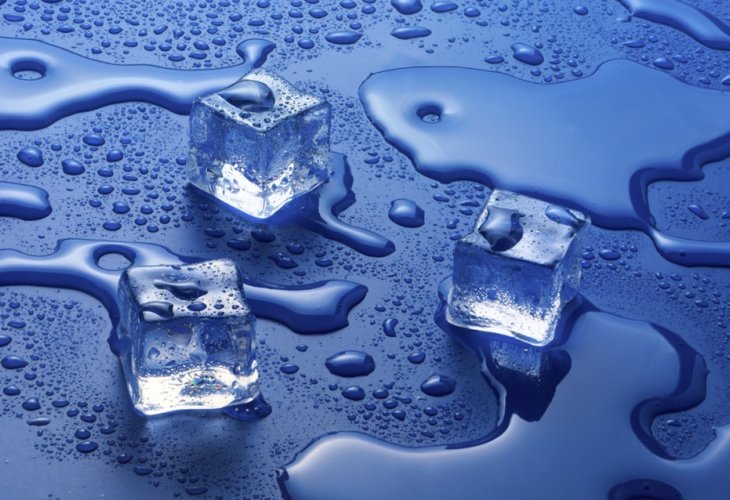Wonders of Creation
The Anomaly of Water: Why Ice Floats and Life on Earth Survives
Discover the unique property of water that defies physics, sustains ecosystems, and makes human life possible
 (Photo: shutterstock)
(Photo: shutterstock)In a previous article, we explored the incredible fact that water even exists as a liquid at all — a property that seems ordinary to us only because of habit, yet is truly astonishing. There is no inherent reason why materials should behave the way they do, combining in unique structures and shifting properties under different temperatures. Among all substances, water shows the most extreme and unusual changes.
The Miracle of Freezing Water
Normally, as temperatures drop, substances contract (their molecules pack closer together). When heated, they expand (their molecules spread apart). Water, however, defies this rule.
As water cools from room temperature, it contracts until it reaches exactly 4°C (39°F). At that point, instead of continuing to contract, it begins to expand. By the time water freezes at 0°C (32°F), it has expanded by about 10%. This is why a glass bottle filled with water explodes in the freezer. Scientists call this unique property the anomaly of water.
How This “Magic Trick” Happens
When water cools below 4°C, its molecules arrange themselves into three-dimensional hexagonal rings, locking together in a stable but spacious pattern. Ice crystals are full of empty spaces, trapping air inside. This structure gives ice its larger volume and lower density compared to liquid water. The result? Ice floats.
Why Floating Ice Saves the World
This unusual expansion is far more than a chemical curiosity — it is the reason life on Earth can exist. Because ice is less dense than water, massive glaciers and polar icebergs float instead of sinking. These towering frozen giants — some 300 meters tall and weighing millions of tons, drift easily on the sea, with about seven-eighths of their bulk hidden below the surface.
If water behaved like other substances, ice would sink. Layers of frozen water would pile up on the bottom of oceans and lakes, freezing them solid from the ground up. Entire seas would turn into blocks of ice, wiping out fish and marine ecosystems. Summers would then bring catastrophic floods as the frozen layers melted. Civilization as we know it could never have developed in such a world.
The Ecological Miracle of Ice
Ice forms a floating shield. In winter, rivers, lakes, and seas freeze only on the surface, creating an insulating layer that protects fish and aquatic creatures beneath. The water below never drops below freezing, allowing life to continue.
This same principle protects land as well. Because ice crystals trap air, snow acts as a natural blanket. It settles over trees and plants, providing insulation against harsh winds and subzero temperatures while still allowing oxygen to pass through. When spring arrives, instead of finding frozen wastelands, we discover thriving, living greenery beneath the melted snow.
Life in Frozen Lands
Even in the Arctic, where temperatures drop 10 to 30 degrees below zero, ecosystems thrive beneath the ice. Humans, too, benefit: people in cold climates cut through frozen lakes to drink, irrigate, and fish, just as the Inuit have done for generations.
Remarkably, even fish in the far north are equipped with a special biological mechanism: proteins in their blood prevent microscopic ice crystals from forming, which could otherwise clog their blood vessels.
A Built-In Safeguard for Life
Without the anomaly of water, Earth would be unrecognizable. Vast regions would be uninhabitable, ecosystems would collapse, and much of humanity would be forced into narrow tropical zones, competing for survival. Instead, this extraordinary property of water maintains balance, protects life, and sustains the natural world.

